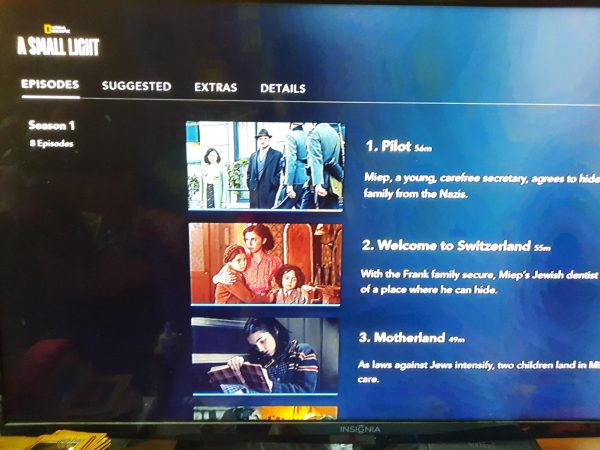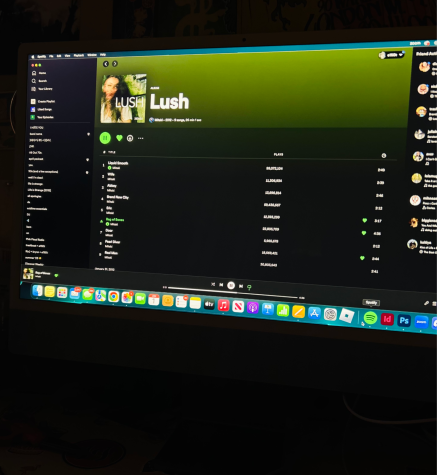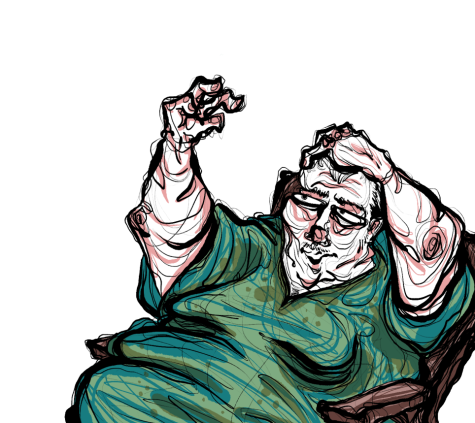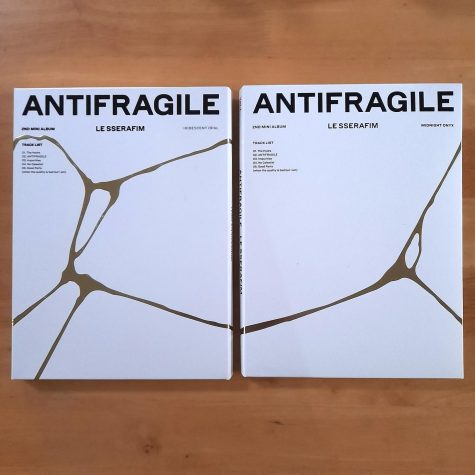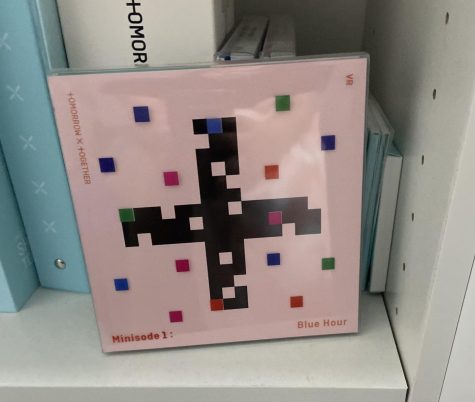Luca | Movie Review
Photo By Paige Whiteside
While Disney and Pixar’s “Luca” may seem to be a film intended for younger audiences, director Enrico Casarosa’s work includes plenty of messages that apply to viewers of any age. Editor Paige Whiteside reviews a movie that you might find worth watching before summer ends.
Pixar’s new animated film Luca takes place in a town off of the Italian Riviera and centers around a young boy’s life-changing summer. Luca forms bonds with unlikely friends and experiences the magic of living on land. However, looming around all of his joy is his secret – that he is a sea monster disguised as a human.
Directed by Enrico Casarosa, Luca is an entertaining movie, and it started streaming on Disney+ on June 18. Child actors Jacob Tremblay as Luca and Jack Dylan Grazer as Alberto drew attention to the film, but other names such as Jim Gaffigan and Emma Berman can also be heard in Luca. The vibrant and colorful animation is pleasing to the eye, making it hard to look away from the screen. The soundtrack by Dan Romer is perfect for the film, enhancing the scenes and complimenting the emotions portrayed throughout the movie.
The animation, created by Casarosa, veered away from photorealism and instead tried to portray more childlike and watercolor-themed imagery. His goal was to try to add a bit of imperfection to allow a more natural flow, not aiming for a picture-perfect style. I found the style to be cute, although a bit too unrealistic at times. The overly round faces and oddly shaped mouths were something that caught my attention, but for a movie aimed at younger children, the minor details of the animation were not significant issues.
The movie portrays themes of friendship and acceptance, trying to drive home the point that not everyone will accept you in society, and that is okay; you should keep being yourself and never hide it for the convenience of others. This was represented by the fact that the sea monsters turned into humans on dry land, and if they got wet their true identities would be revealed. This caused Luca and Alberto to try their hardest to avoid water in fear of being killed by the citizens of Portorosso, a town filled with people who were strongly against them.
I thought that the theme was very positive and could be applied to various different groups of people. Luca has LGBTQ+ undertones, specifically a hinted-at relationship between Luca and Alberto. The two of them share a lot of special moments, such as wanting to run off together and explore the world and watching the sunset as they sit atop Alberto’s tower-home. These scenes, along with the theme of accepting who you are as a person, gave me the idea that Casarosa was trying to portray a gay relationship between the two characters. However, Casarosa commented on this, saying that the movie was simply about friendship and that the boys were in a “pre-romance” stage of their lives.
The lack of queer representation in Disney movies is very frustrating. It is important for young children to understand gay relationships, and by creating an LGBTQ+ Disney movie, it would help normalize same-sex couples and teach children to be more accepting. Pixar passed up a great opportunity to make Luca its first LGBTQ+ movie, disappointing me with that choice.
When it comes to evaluating the film’s characters and their development, I am undecided. I enjoyed the different characters. I found Luca to be sweet and admired his change from nervous to more outgoing and adventurous. I thought that Alberto was funny, and I liked how his confident and brave mask faded throughout the course of the movie, revealing a more sensitive side to him. However, some scenes with Luca’s parents didn’t make sense; they were underdeveloped, barely given any screen time and made unrealistic choices that did not match their characters. I also thought that Giulia, the girl from Portorosso who becomes good friends with Luca and Alberto, deserved more development. She, like many female characters in movies, serves as a plot device to strengthen the bond between Luca and Alberto. Her backstory was not explained in much depth, and hints that led you to believe that there was something more to her were forgotten by the end of the film.
I did enjoy the personalities and interesting quirks that each character had, but I felt as if the characters could have been given more depth and a more influential role in the story, instead of feeling as if they were just there to advance the plot.
I do not want to come off as if I didn’t enjoy the movie. I really did. For someone who doesn’t sit down and watch movies made for a younger crowd very often, I was actually surprised at how much I enjoyed myself during this film. The colorful scenery was pleasing to the eye, and I really liked the watercolor palette that Casarosa implemented in the animation. The music complimented the setting, making viewers feel as if they were taking a step inside Italy in the 1950s.
Just because I enjoyed the film, though, doesn’t mean that I did not notice some of the flaws. Both the missed opportunity to represent the LGBTQ+ community and the lack of character development are hard to overlook, but the bright and beautiful animation, interesting storyline and positive message made the film enjoyable overall.

Name: Paige Whiteside
Position: Advisor's Assistant
Graduation year: 2024
A few sentences about me: I am taking...




